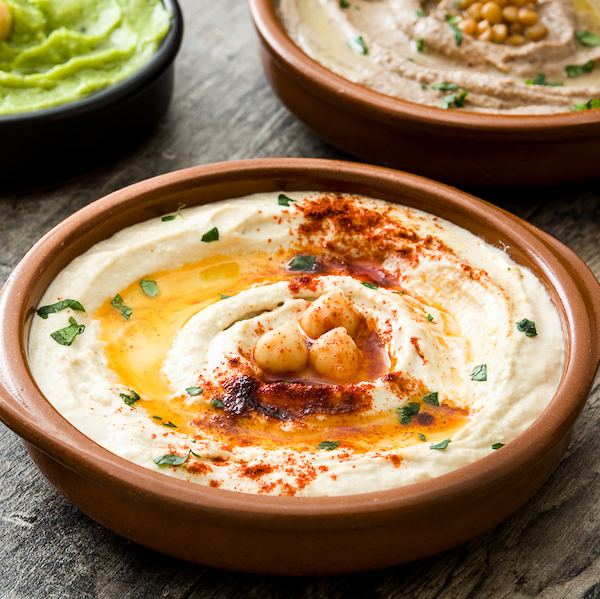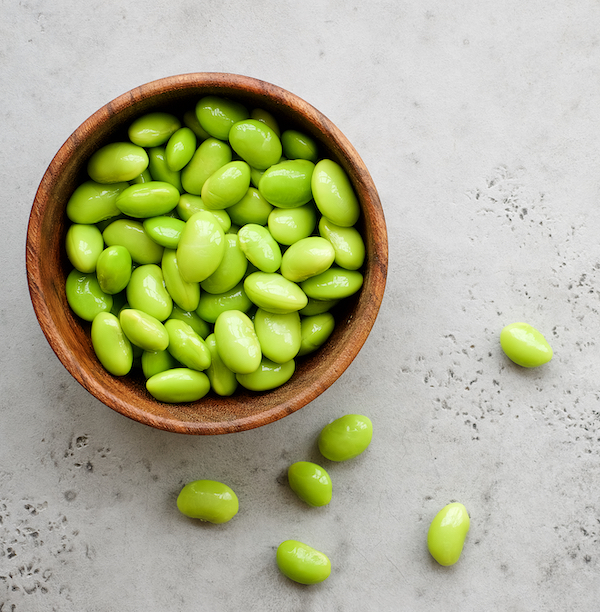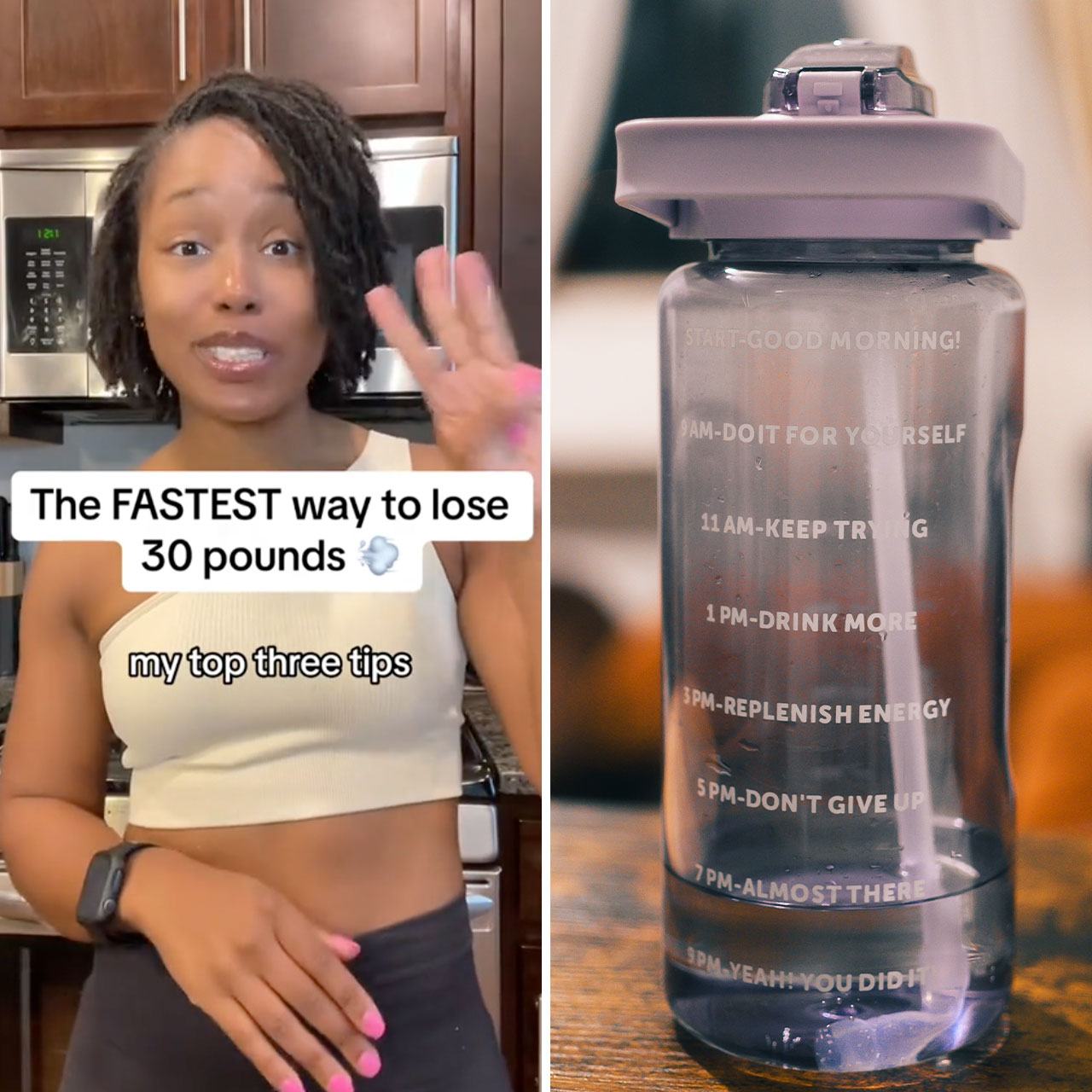This is an archived article and the information in the story may be outdated. Please check the time stamp on the story to see when it was updated last.
Do you struggle to stay full and keep up your energy throughout the day? Or hate the dreaded “food coma” you experience after a big meal? Well, you’re not alone. That sluggish post meal feeling is frustrating, especially when you need to be productive throughout the day. The best way to stay energized and nourish your body is to understand how the body processes different foods, and how your own unique body chemistry reacts to them. While there is no such thing as “good” and “bad” foods, as moderation is key, there are certain foods that can sustain the body longer than others. Specifically in the vein of weight loss, slow-burning carb sources are key, as eating foods that will keep you full longer is the best way to remain in a calorie deficit safely.


According to Dr. Matt Chalmers, a health and wellness expert and author, the best way to find good carb sources for higher energy and fullness is to look at the glycemic index (GI) chart. “The lower the GI the slower the food turns into sugar,” he says, “The slower the carb turns into sugar the smaller the insulin release is and thus the longer the carbs can stay in your system and give you energy.” Some of his favorite slow burning carbs are lentils, chickpeas, and edamame. “You can easily carry these around and they go nicely with other foods.” When you don’t plan ahead of time with nourishing meals and snacks, you’re more likely to experience a blood sugar crash, whether it’s because you go for too long without eating or because you eat processed foods that your body processes too quickly. It’s best to opt for healthy snacks that are meal prep or grab-and-go friendly.
When it comes to carbs that don’t give you sustainable energy, Dr. Chalmers says that anything with a GI scale of 70 or higher will burn through your system quickly and cause a sugar crash. “These foods produce large insulin spikes that pull all the circulating glucose out of your blood and store it,” Dr. Chalmers says, “There is also research out of the University of Sydney that shows a link between high GI foods and an increase in the amino acid tryptophan, a chemical that causes sleepiness.” Some foods with a high GI scale are donuts, cakes, cookies, and ice cream. While sweet treats can be enjoyed in moderation, eating them consistently may cause low energy and overeating.

A helpful tip for avoiding sugar crashes is making sure the orientation of your plate is balanced. “Adding fat, fiber, or cinnamon to many foods will decrease the glycemic index a bit and allow for foods to stay circulating a little longer,” Dr. Chalmers says, “I personally like to add in fiber and fat as it helps with bowel motility and energy.” For example, try eating nut butter with your fruits, avocado with your toast, or pair small cubes of cheese or nuts with snacks.
It’s also important to remember that all carbs weren’t created equal. “Broccoli and doughnuts are both carbs, but the body breaks them down very differently,” Dr. Chalmers says. This is why the overall goal for both energy and fat control is to look at the glycemic index of the individual foods you’re eating. Eating enough fiber and healthy fats, and being thoughtful with food pairings, are a few ways you can make sure you have steady energy throughout the day.


























